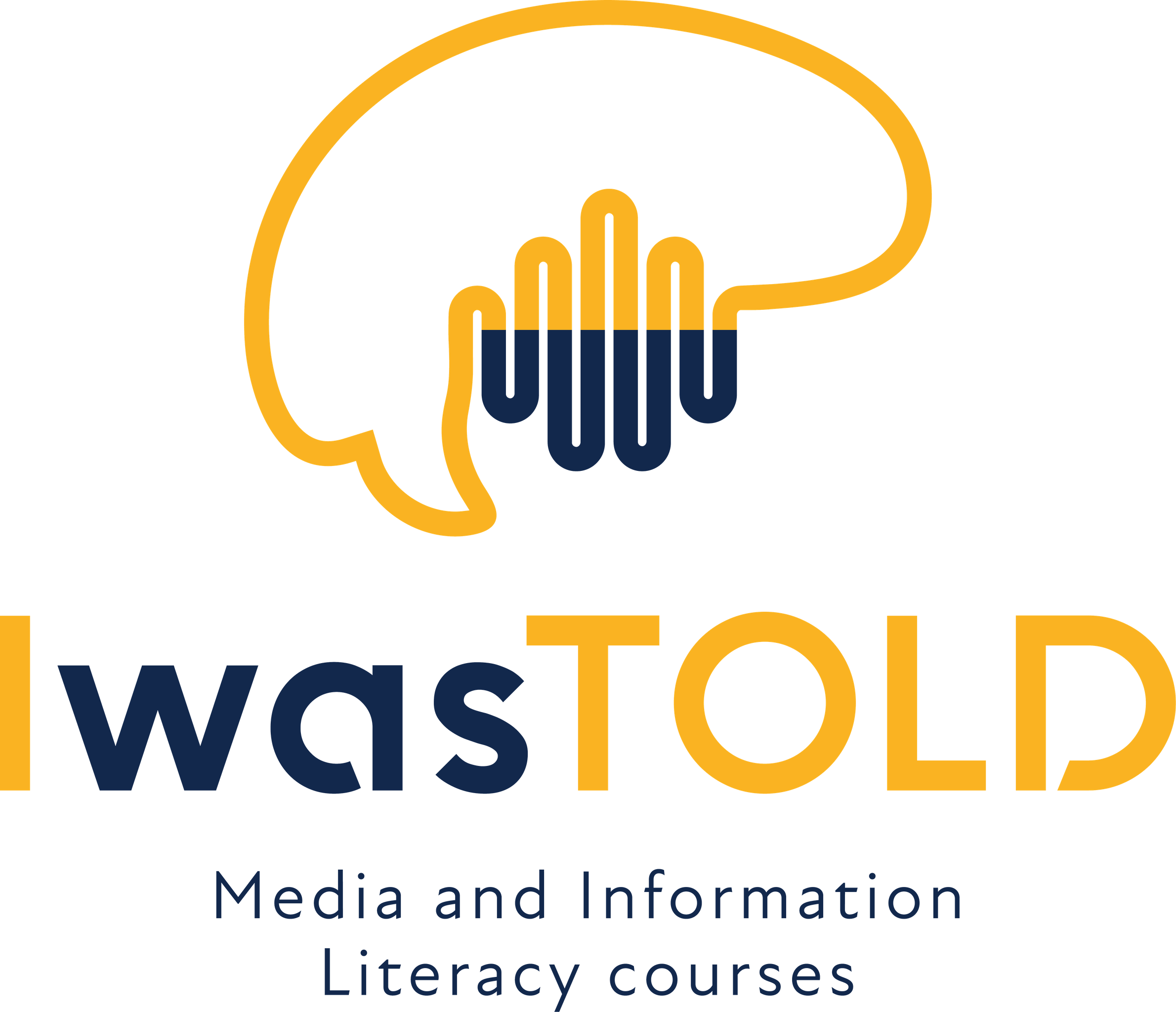3. CLASSICAL AND DATA STORYTELLING
-
Storytelling: narrative structures7 Topics|4 Quizzes
-
Language of media6 Topics|3 Quizzes
-
Storytelling With Data II. - Digital investigations in an era of data-driven journalism7 Topics|4 Quizzes
-
Infographics - Present statistics beautifully7 Topics|3 Quizzes
-
Charts in a website - Hack web developer tools for your stories7 Topics|3 Quizzes
-
Introductory to lesson
-
Creating a website is a personal way to become involved in a subject as well as a creative gesture
-
Make the most compatible as possible subject and aesthetic of your website through Google Sites
-
How be professional and have validity in publication?
-
Final Exercise of the whole lesson
-
Feedback on exercise
-
Additional learning material
-
Introductory to lesson
-
Online GIS6 Topics|2 Quizzes
-
Media analyses8 Topics|4 Quizzes
-
Using Piktochart to create infographics7 Topics|3 Quizzes
This new landing is quite similar to the one of the previous course: it’s going to be the same kind of work because it will focus on Research and gathering information.
The three footfalls are going to be divided in the following way:
The first will concern the pure process of Research, but in a more concise way than the last time.
The second will focus on gathering datas.
And the first will be to make your graphics through Google Charts.
3.1 Research… Again !
I’m sure you remember the important part dedicated to Research last time.
This time, because you already have some of it, from the previous course – if you kept the same subject-, and because it’s not going to be very useful to pursue in the same vein, you are just going to search in the front door you were supposed to have found a bit earlier, in the previous chapter. Or, quite simply, search in the front door of your new subject.
So, the idea is to read again the draft you outlined in the previous chapter, to look up your Research from last time, and to do a new one concerning what you think is lacking.
Maybe the front door you chose is very specific and you need to look deeper through the internet, books, and videos.
And the purpose is to gather your new Research from right now, and the previous Research you judge is still relevant.
Don’t forget, like the other time, to be thorough in your bibliography.
Because maybe you will use footnotes later, in producing your Infographic visuals.
3.2 Gathering datas
The process is the same as before: maybe the datas you gathered last time are still relevant, or maybe not, or maybe you just need to gather more information.
Be serious on which website you take them, and do not forget to note the reference each time.
Think about what statistics or datas would be the most useful to empathize the most as possible with your subject: what kind of evidence you need to highlight this point here, and this point there.
Sometimes, datas we’re gathering are not very relevant, pertinent: they are just numbers without real meanings, or at least, not very helpful to better understand your idea. The issue will be to figure it out when it is the case, and to opt toward what is efficient.
3.3 Google Charts
As before, after filling a table in excel, you can convert numbers to graphics. If you want more details concerning this footfall, you can refer yourself to the previous course that explains how to build your graphic from your table in excel.
But before that, I suggest that you carefully watch these two next videos, which explain very well how to choose the most appropriate graphic according to every instance.
The part 1: https://www.youtube.com/watch?v=C07k0euBpr8
And part 2: https://www.youtube.com/watch?v=qGaIB-bRn-A
These videos explain in detail why it is so important to properly choose your graphics, the mistakes to avoid and why you should avoid them, how to create graphics that are the least awkward as possible and the most relevant to share the message and points you want to highlight.
It’s not just a creative gesture; even if this aspect exists and it is important.
But there is a logical and considered aim behind it.
So next, it’s up to you.
At the end of this footfall, you will reach the new launding.
We will meet again once here.
